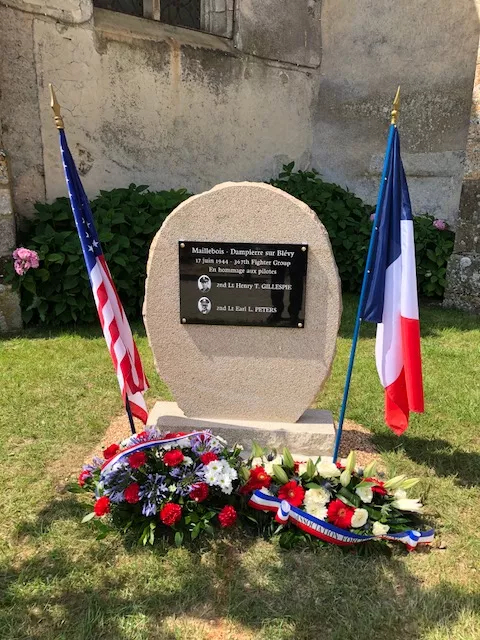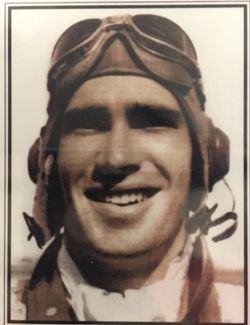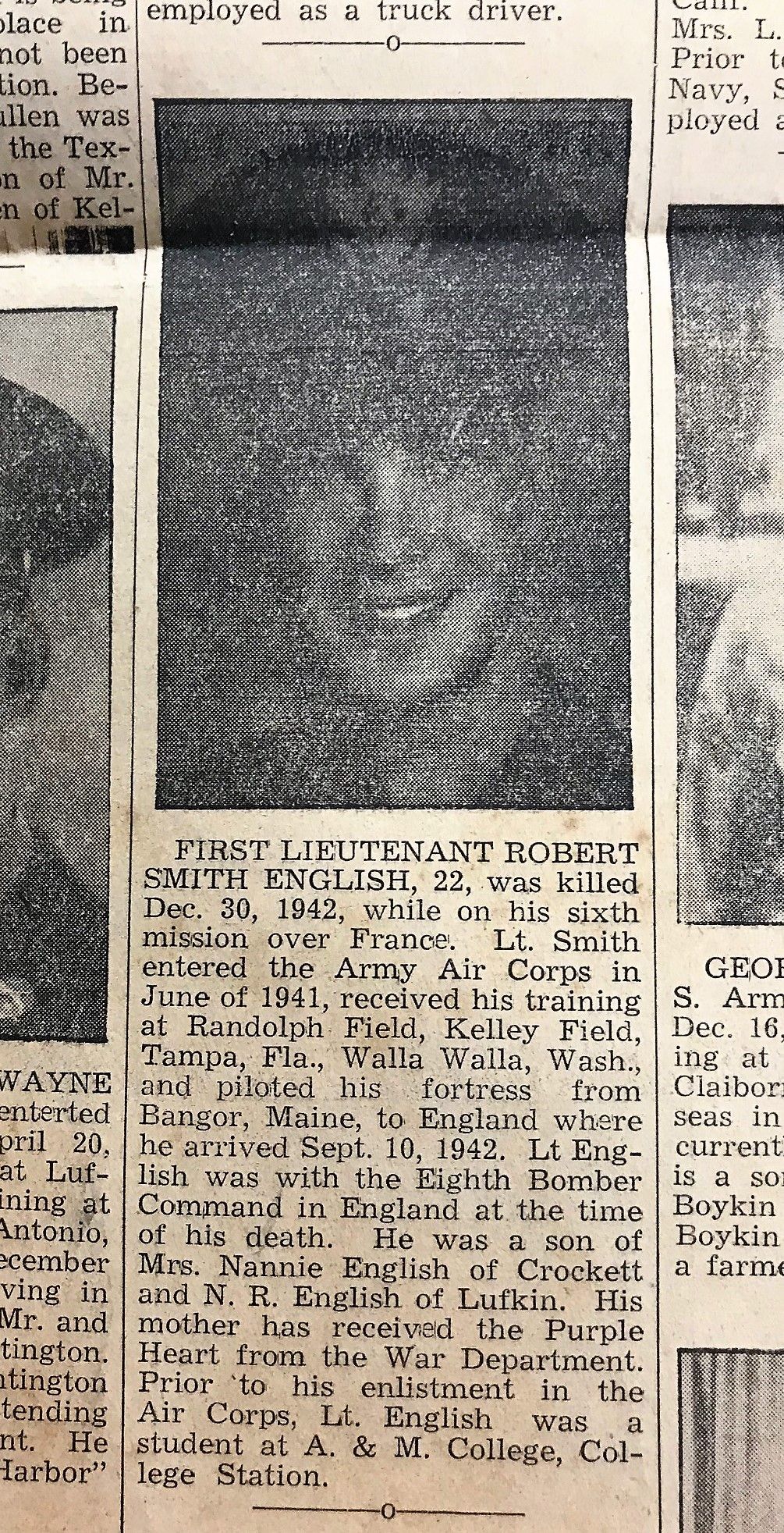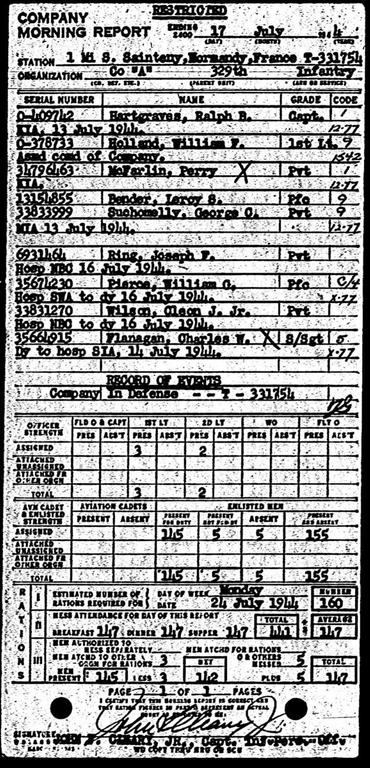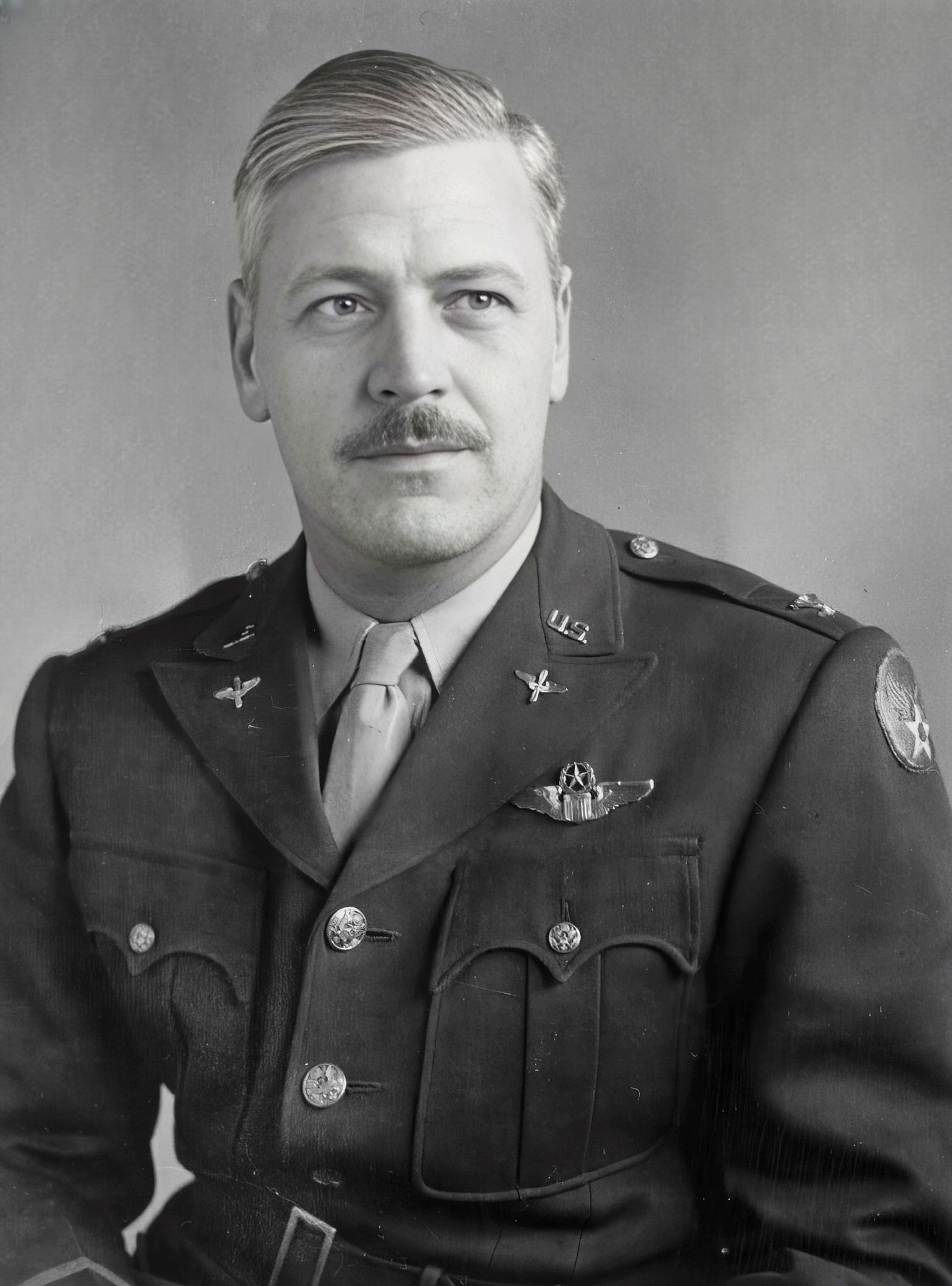Arthur Rider, A&M College of Texas class of 1942 KIA June 21, 1944, while fighting in Normandy, France.
Pictured in the 1942 Longhorn.

Arthur was a member of D Troop Calvary

and the Polo Team
 .
.
Lt Rider was in the 4th Cavalry Reconnaissance Squadron and was awarded the Silver Star as he served gallantly in combat against the enemy.
4th Cavalry Reconnaissance Squadron found itself attached to the 82d Airborne Division from 6 June-3 July 1944.
The 82d Airborne Division assigned the cavalry troop combat patrols in the hedgerow country and enjoyed the additional firepower the troop brought with it in the form of 37 mm cannons and machine guns. It was on one of these platoon-sized patrols that the troop lost an entire platoon of men and vehicles, less one jeep and two scouts who managed to escape.
Lacking the support of the troop's other platoons, and beyond the support of the other assets found in every mechanized reconnaissance squadron, the lightly armed platoon faired poorly. Early fighting in Normandy provided one fascinating example of the value of stealth, one of the salient features of the interwar debate on the desired characteristics of a mechanized reconnaissance unit.
In helping to take Auderville, in support of the 9th Infantry Division, Troop B, 4th Cavalry Reconnaissance Squadron, proved the value of wheeled vehicles for mechanized reconnaissance under combat conditions.
Confronted by a continuous line of German defenders, the cavalrymen found a hill behind friendly lines that allowed them to gain enough speed on the descent into enemy lines to gain the speed and momentum to coast undetected into and beyond the German positions. Completely surprised, the Germans retreated under pressure from attacking American infantrymen as the cavalrymen dashed on to Auderville, surprised the garrison, and took control of the village by daylight. This was not characteristic of most of the fighting in Normandy. The 4th Cavalry Squadron participated in the drive to secure the Cherbourg Peninsula. During the advance up the peninsula, the 4th Cavalry Reconnaissance Squadron helped maintain contact between the 9th and 79th Infantry Divisions.
Lt Arthur Rider is buried in the Normandy American Cemetery.

Pictured in the 1942 Longhorn.
Arthur was a member of D Troop Calvary
and the Polo Team
Lt Rider was in the 4th Cavalry Reconnaissance Squadron and was awarded the Silver Star as he served gallantly in combat against the enemy.
4th Cavalry Reconnaissance Squadron found itself attached to the 82d Airborne Division from 6 June-3 July 1944.
The 82d Airborne Division assigned the cavalry troop combat patrols in the hedgerow country and enjoyed the additional firepower the troop brought with it in the form of 37 mm cannons and machine guns. It was on one of these platoon-sized patrols that the troop lost an entire platoon of men and vehicles, less one jeep and two scouts who managed to escape.
Lacking the support of the troop's other platoons, and beyond the support of the other assets found in every mechanized reconnaissance squadron, the lightly armed platoon faired poorly. Early fighting in Normandy provided one fascinating example of the value of stealth, one of the salient features of the interwar debate on the desired characteristics of a mechanized reconnaissance unit.
In helping to take Auderville, in support of the 9th Infantry Division, Troop B, 4th Cavalry Reconnaissance Squadron, proved the value of wheeled vehicles for mechanized reconnaissance under combat conditions.
Confronted by a continuous line of German defenders, the cavalrymen found a hill behind friendly lines that allowed them to gain enough speed on the descent into enemy lines to gain the speed and momentum to coast undetected into and beyond the German positions. Completely surprised, the Germans retreated under pressure from attacking American infantrymen as the cavalrymen dashed on to Auderville, surprised the garrison, and took control of the village by daylight. This was not characteristic of most of the fighting in Normandy. The 4th Cavalry Squadron participated in the drive to secure the Cherbourg Peninsula. During the advance up the peninsula, the 4th Cavalry Reconnaissance Squadron helped maintain contact between the 9th and 79th Infantry Divisions.
Lt Arthur Rider is buried in the Normandy American Cemetery.



